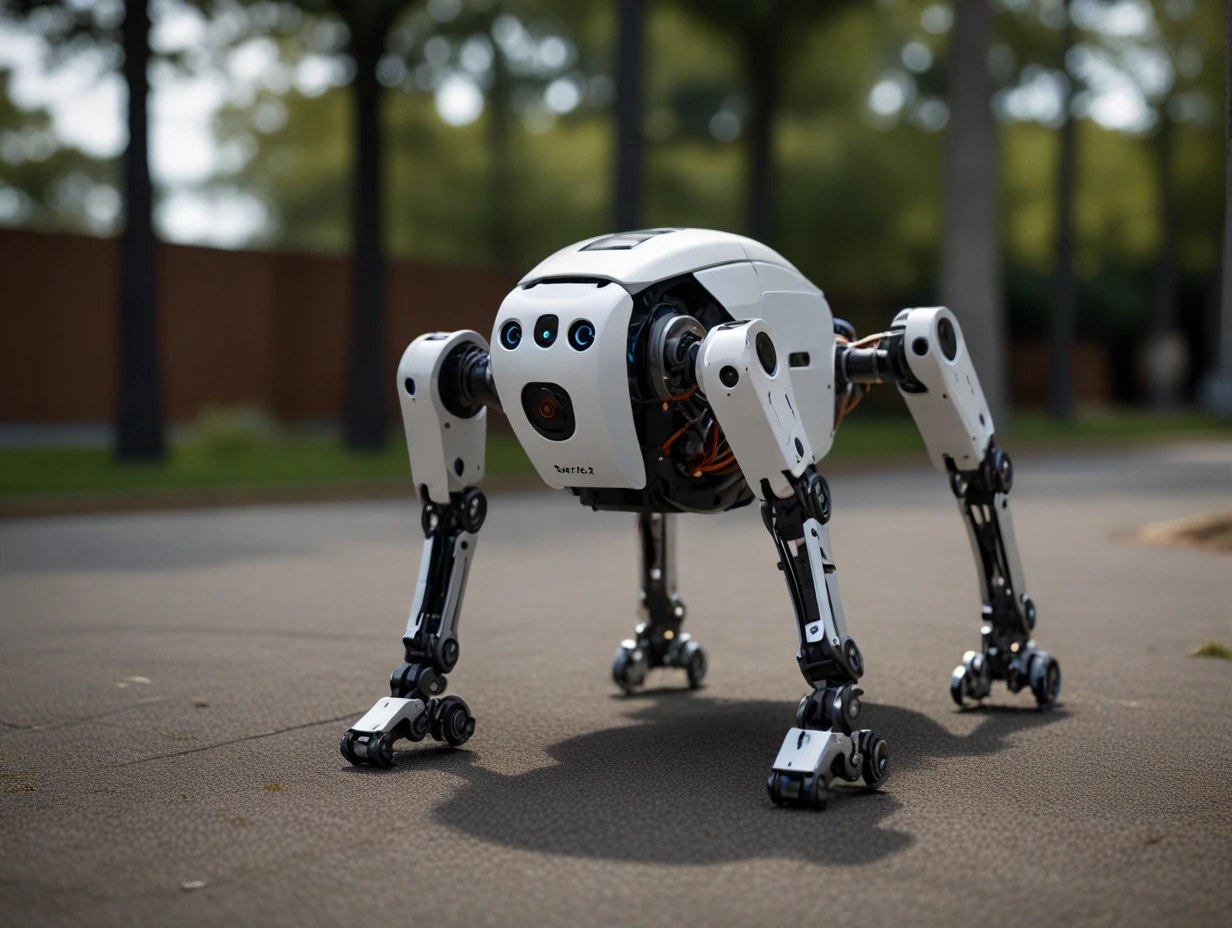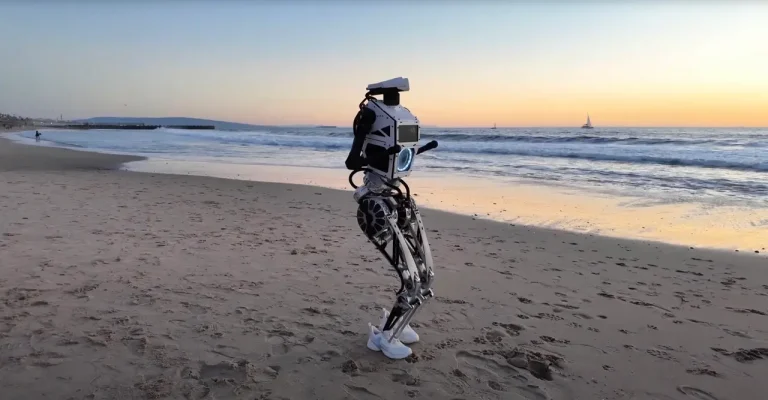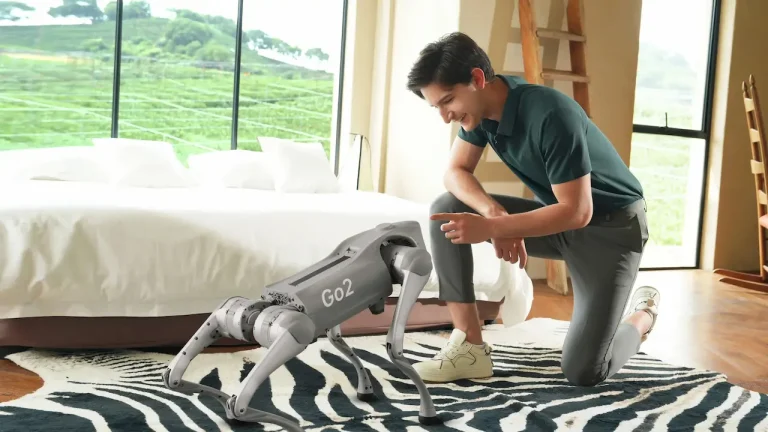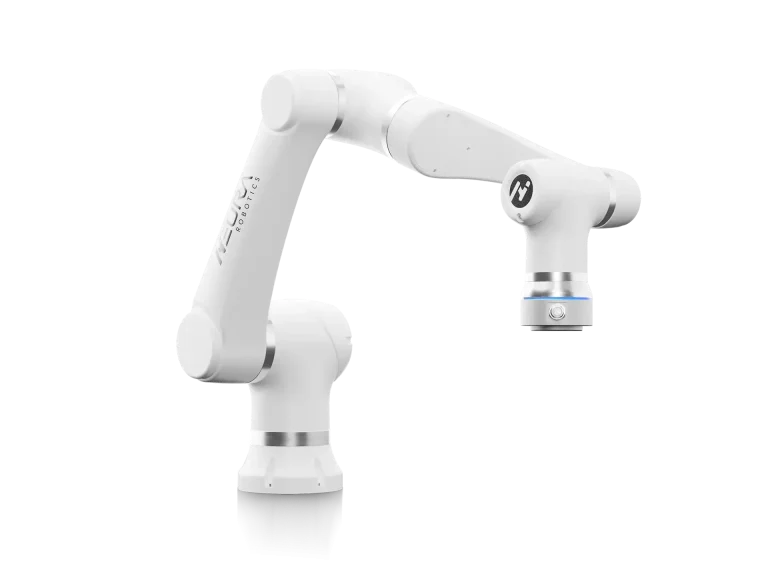Carnegie Mellon University, the University of Washington, and Google DeepMind have made significant strides in robotics, culminating in the creation of a groundbreaking four-legged robot that can simultaneously walk and grasp objects. This innovation represents a substantial leap forward in the fields of robotics, artificial intelligence, and automation, with potential implications for various industries and applications.
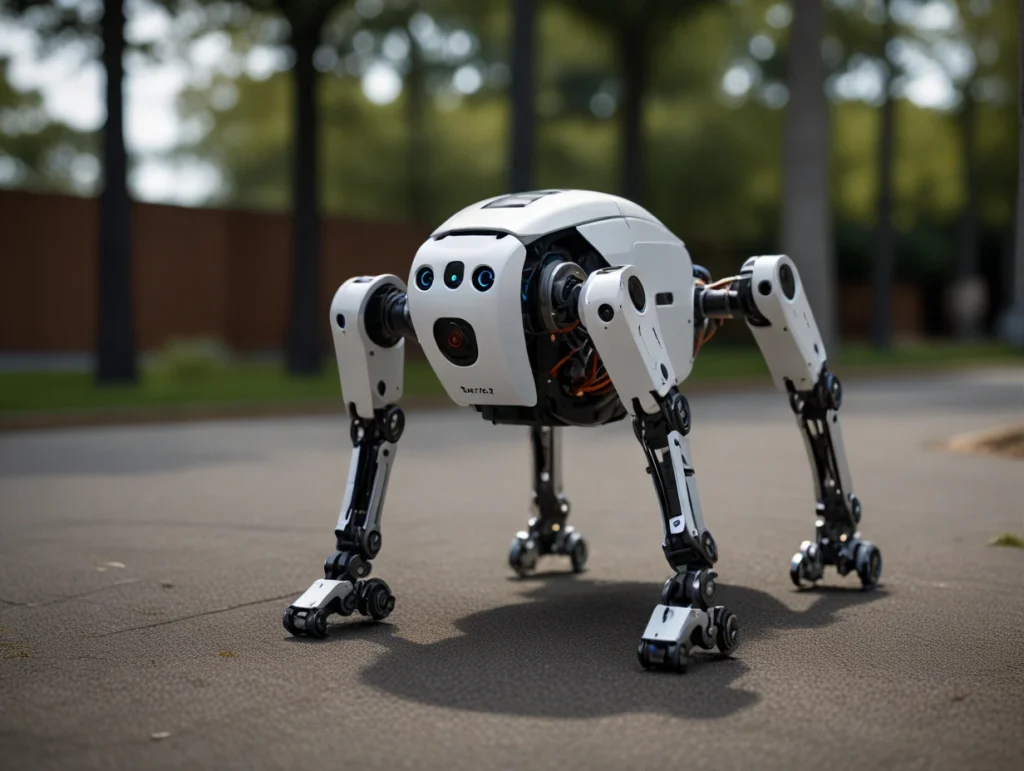
The newly developed quadrupedal robot, known as LocoMan, stands out due to its ability to perform complex tasks through a unique combination of walking and object manipulation. Unlike traditional robots that rely on articulated arms to interact with their surroundings, LocoMan leverages its limbs for dual purposes: mobility and manipulation. This dual-functionality is made possible through the robot’s distinctive morphology, which allows for a more versatile and efficient approach to limb configuration.
One of the key features of LocoMan is its Whole-Body Control (WBC) framework. This sophisticated control system enables the robot to seamlessly switch between five different operational modes, each tailored to specific tasks: one-handed grasping, foot manipulation, bimanual manipulation, locomotion, and locomotion manipulation. This versatility allows LocoMan to handle a wide range of activities, from simple movements to complex, coordinated tasks that require precision and dexterity.
LocoMan’s design includes two manipulators attached to its calves, while the original legs are preserved for locomotion. This innovative configuration enables the robot to mimic 6D poses, allowing it to tackle various challenging tasks in dynamic environments. During real-world experiments, LocoMan demonstrated impressive dexterity and adaptability, successfully opening doors, inserting power plugs, and retrieving objects from confined spaces. These capabilities highlight the robot’s potential to revolutionize how robots interact with and manipulate their surroundings.
The robot’s ability to perform precise environmental manipulations also makes it a cost-effective and versatile solution for various practical applications. As industries continue to seek more adaptable and efficient robotic systems, LocoMan offers a promising solution that combines advanced functionality with affordability.
Looking ahead, the research team plans to integrate cutting-edge computer vision and machine learning technologies into LocoMan. These advancements will enable the robot to better understand visual cues and respond to verbal commands, significantly enhancing its interactive capabilities. With these improvements, LocoMan is expected to achieve greater autonomy and adaptability, making it even more effective in real-world scenarios.
LocoMan’s development represents a significant milestone in robotics, offering a novel approach to navigating and manipulating complex environments. Its integrated limb manipulation capabilities set it apart from other quadrupedal robots, resulting in enhanced versatility and skill. As technologies in computer vision and machine learning continue to advance, LocoMan is well-positioned to tackle an increasingly diverse range of practical challenges, ushering in a new era of intelligent and adaptive robotic systems.
Source:Cryptopolitan

